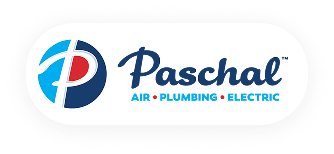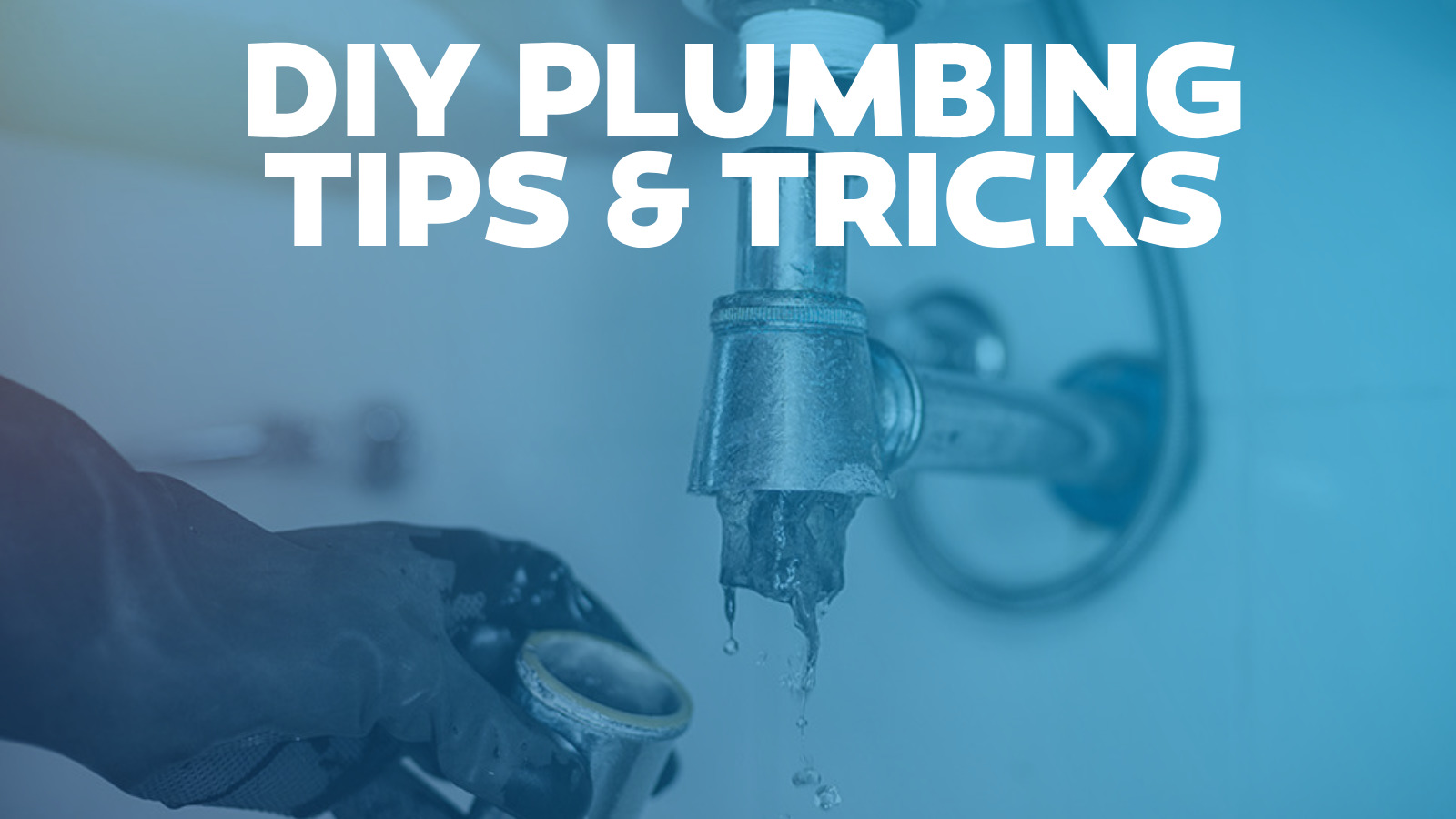Want to save with Paschal? Don’t miss our current offers and specials

Want to save with Paschal? Don’t miss our current offers and specials
Return to Paschal Resource & Education Hub

Calling a pro for every plumbing issue is time-consuming and costly. We love serving Northwest Arkansas and the Fort Smith River Valley—big problems or small—but if you’re ready to handle a clogged drain or simple plumbing issues yourself, this guide is for you.
Here are 10 plumbing hacks every homeowner should know:
Before tackling any repair—like toilet repair or a busted pipe—the first step is turning off the water. Learn how to locate your emergency shut-off valve to avoid expensive water damage or mold.
Proper disposal keeps drains clear. Avoid dumping fibrous foods, fats, eggshells, coffee grounds, bones, pasta, or non-food items into the sink disposal.
Handling a sink clogged drain?
Turn off the power before inspecting.
Remove visible debris using a tool (never your fingers).
Plunge the sink.
Use a DIY cleaner: 1:1 baking soda and vinegar, wait 30 minutes, then flush with hot water.
Restore power and test.
Maintain freshness by grinding ice cubes and lemon peels, followed by dish soap and hot water—a simple trick that sharpens blades and eliminates odors instantly.
Harsh cleaners can damage pipes over time. Instead, treat stubborn clogs with boiling water, ½ cup baking soda, 1 cup vinegar, and hot water flush.
Every bathroom should have a proper flange plunger.
To solve a toilet repair without a plunger: shut off the water flow, pour hot, soapy water into the bowl, and allow it to soften the clog.
High water bills or low pressure?
Shut off all faucets and check the meter.
Use food coloring in the tank: if the bowl changes color in 30 minutes, you likely have a leak.
Clean mineral buildup by soaking your shower head in a vinegar-filled bag overnight. Unscrew and soak extra-stubborn heads for 24–48 hours.
Loose threads can leak.
Steps: shut off water, unscrew pipes, wrap threads with tape, then reassemble to fix minor leaks.
For annoying drips, secure a washcloth and a rubber band over the faucet. Later, shut off the water, replace the washers or O-rings, and tighten.
A functioning clogged drain saves you money on emergency calls
Avoid toilet repair costs with quick fixes
Performing drain cleaning safely preserves your pipes
Well-maintained plumbing improves home comfort and reduces water waste (EPA WaterSense)
We love helping with plumbing, whether it’s DIY guidance or full-service solutions. Schedule a service today!
A DIY solution of ½ cup baking soda followed by 1 cup vinegar can effectively clear many clogs. Let the mixture sit for about 30 minutes before flushing with hot water. This is safer than chemical drain cleaners, which can corrode pipes over time.
Turn off the water supply at the base of the toilet. Pour hot water (not boiling) into the bowl along with a few drops of dish soap. Let it sit for 10–15 minutes. Often, this breaks up the clog enough for it to flush. Repeat if necessary.
Shut off all taps and water-using appliances in your home, then record your water meter reading. Wait at least an hour without using water, and check the meter again. A change in the reading typically means you have a hidden leak. You can also test for toilet leaks by placing a few drops of food coloring in the tank. If the bowl changes color within 30 minutes, you’ve got a leak.
Mineral buildup is a common cause of reduced shower pressure. Try soaking the showerhead in white vinegar overnight to dissolve deposits. If that doesn’t help, the issue may be deeper in your plumbing system and worth a professional inspection.
Inspect your plumbing at least once a year. Look for leaks under sinks, around your water heater, and in visible pipe connections. If you notice rust, corrosion, or unexpected water bills, it may be time for a professional check-up.